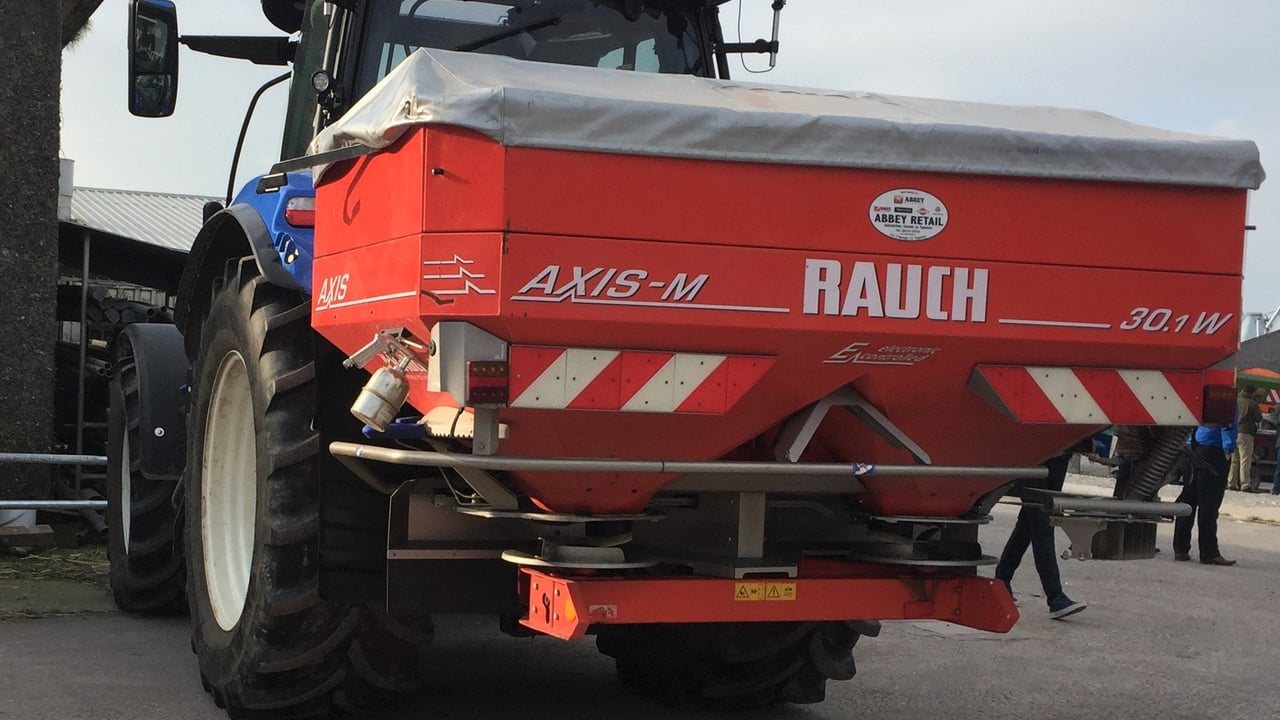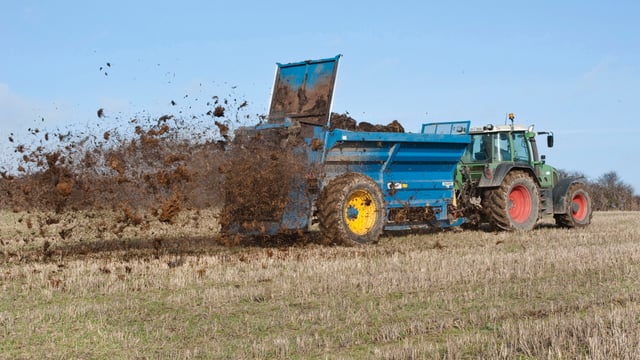Ensuring your fertiliser spreader set-up correctly
The fertiliser spreader is one of the most important pieces of equipment on farmyards, especially considering the price of chemical fertiliser in 2022.
The increased cost of chemical fertiliser means that everything should be done to ensure you get the most out of it - which includes ensuring that your fertiliser spreader is set up and working correctly.
A damaged, or incorrectly set up spreader could lead to a large amount of fertiliser being wasted.
Examining your spreader before use will ensure the chemical fertiliser you do spread is done so in an effective and efficient way, with a minimal amount of waste.
Before attachment, your spreader should be inspected to ensure that it is working properly and that there has been no damage caused.
Checks that should be completed include:
It is equally as important to check the tractor before and after the spreader has been attached.
It is also important that the fertiliser spreader is fitted to the tractor correctly, as an incorrectly attached spreader could cause an uneven spread.
Some other key points to know before you spread any fertiliser include knowing the correct gear to get the right forward speed and the correct PTO speed (commonly 540rpm).
Possibly the most the important factor to ensure that you get the most out of your chemical fertiliser is your soil's pH level.
A soil pH of 5.0 to 5.5 means that up to one third of your fertiliser is wasted, while having a soil pH of 6.0 to 6.5 means that all of the fertiliser is available to the plant.
So although having your spreader set up correctly is important, spreading fertiliser on land that is not in the correct pH will only lead to it being wasted.





